If you're affected by Raynaud's, you're likely familiar with the discomfort and inconvenience it can cause. This disease restricts blood flow to specific body parts — primarily fingers and toes — often leading to cold, numb sensations. Some people turn to compression socks to find relief. But do compression socks relieve Raynaud's symptoms? In short, the answer is yes. Let's look at how they can help.
What Is Raynaud's?
Raynaud's is a condition that causes blood vessels in the extremities to constrict, limiting blood flow and leading to coldness, numbness, and changes in skin color. There are two types: primary and secondary.
Primary Raynaud's: This form occurs without any underlying health conditions and is the most common type. It typically develops between the ages of 15 and 30, causes milder symptoms, and is not linked to other diseases.
Secondary Raynaud's (Raynaud's Phenomenon): This type is linked to an underlying medical condition, such as lupus or scleroderma, and tends to be more severe, often causing more frequent and intense episodes. It is more common in people above 30.
Causes of Raynaud's
Raynaud's disease doesn't have just one clear cause. Instead, it happens when the blood vessels in your fingers and toes react abnormally to cold or stress, leading to temporary reductions in blood flow. Other triggers include exposure to certain chemicals like vinyl chloride, smoking, repetitive actions, and some medications, such as beta-blockers and migraine medications.
Can Compression Socks Help With Raynaud's?
Yes, compression socks and compression sleeves can help with Raynaud's symptoms as they are designed to apply gentle pressure to your legs and feet, promoting better circulation. If you suffer from Raynaud's disease, using compression socks aims to improve blood flow to your extremities and reduce the symptoms that restricted circulation causes. There are specially designed compression socks for men and compression socks for women.
While some people affected by Raynaud's may be hesitant to wear compression socks due to their constricted blood flow, others believe these socks can help by enhancing circulation in the lower legs and encouraging blood return to the heart. Consult with your healthcare provider before wearing compression socks to determine whether they're safe for you and the type of Raynaud's you are dealing with.
Benefits of Compression Socks for Raynaud's
Compression socks can provide several benefits if you are affected by Raynaud's disease, particularly in managing circulation and preventing symptoms.
Improves Blood Circulation
Compression socks help increase blood flow by gently squeezing the veins, promoting blood movement back to your heart. This is especially helpful if you suffer from Raynaud's, as it encourages blood flow to your extremities, where your blood vessels are often constricted.
Reduces Coldness and Numbness
Compression socks—especially padded compression socks—can help prevent the coldness and numbness you often experience during a Raynaud's episode by promoting better circulation. The improved circulation helps to warm your extremities and reduce discomfort. Meanwhile, the socks' extra padding also adds warmth.
Decreases Leg Swelling
Swelling in the legs, feet, and ankles is common with Raynaud's due to poor circulation. Compression socks help reduce this swelling by encouraging fluid movement back toward the heart and preventing fluid buildup in the extremities.
Improves Comfort and Leg Health
Wearing compression socks can help reduce fatigue, discomfort, and achiness in your legs, which are common complaints among people with Raynaud's. By keeping your legs and feet feeling more comfortable, these benefits can make long periods of standing or sitting more manageable.
Supports Recovery After Activity
Compression socks can be a great addition to your routine if you enjoy staying active but also deal with Raynaud's. After you exercise, wearing these socks can help reduce muscle soreness and fatigue by promoting faster recovery. They encourage blood flow and reduce lactic acid buildup in your legs, allowing your muscles to repair themselves more efficiently. This means you can get back to your favorite activities more quickly and comfortably without the lingering discomfort that sometimes comes with Raynaud's.
Offers Long-Term Benefits
Compression socks can offer significant long-term benefits. They help boost circulation, reducing the frequency of symptoms and preventing further damage to your extremities. Compression socks support your body's natural healing by improving blood flow and contribute to better vascular health overall. The increased circulation can also enhance recovery and help you maintain healthier limbs in the long run.
Potential Side Effects of Compression Socks for Raynaud's
While compression socks offer many benefits, there are some potential side effects. If you misuse them, compression socks can be harmful, especially for people with Raynaud's. Keep these things in mind:
- Discomfort: Some people may feel tightness or pain, especially if the socks are too tight or don't fit properly. It's essential to choose the right size.
- Skin irritation: Wearing compression socks for extended periods can lead to skin irritation or rashes, particularly if you have sensitive skin.
- Numbness or tingling: If the compression is too strong, it might cause numbness or tingling in your feet, which is counterproductive if you have Raynaud's.
- Circulation issues: In rare cases, improper compression socks could worsen circulation problems instead of helping them. Always consult with a healthcare professional if you need clarification.
How to Choose the Right Compression Socks for Raynaud's
Selecting the right compression socks is crucial for their effectiveness in managing Raynaud's symptoms. Here's what to look for when choosing compression socks for Raynaud's disease:
Pick the Correct Compression Level
Compression socks come in different levels of compression, measured in mmHg (millimeters of mercury). For Raynaud's, a moderate or mild compression sock with a compression level of (15-20 mmHg) is typically recommended. Higher compression may be too tight and could cause more harm than good.
Choose the Proper Fit and Size
It's essential to choose the right size for comfort and effectiveness. Socks that are too tight or loose will not provide the necessary benefits. If you have wider calves, don't worry — wide-calf compression socks are designed just for you. Use the manufacturer's sizing chart to find your perfect fit.
Select the Correct Material for Comfort
Look for compression socks made of breathable, moisture-wicking materials. This will ensure your feet remain comfortable even during long periods of wear. Cotton or wool blends are usually the best comfort and temperature regulation choices.
Consider Open vs. Closed-Toe Socks
Closed-toe compression socks provide full coverage, while open-toe socks expose your toes. Open-toe compression socks may offer more comfort if you experience discomfort in your toes.
Home Remedies to Manage Raynaud's
In addition to wearing compression socks, here are a few at-home strategies to help manage Raynaud's symptoms:
Keep warm: Wear layers, thermal socks, insulated gloves, and hats to protect your extremities from cold exposure.
Manage stress: Practice deep breathing, meditation, or yoga to minimize stress-induced attacks.
Exercise regularly: Engage in walking, swimming, or cycling to boost circulation.
Limit caffeine and smoking: Reduce caffeine intake and avoid smoking to improve blood flow.
Use heating pads or warm baths: Apply gentle heat to your affected areas to encourage circulation and alleviate symptoms.
Stay hydrated: Drink plenty of water to support your circulation and maintain blood volume.
Remember, home remedies should complement a more comprehensive plan for managing the symptoms that you develop with your doctor. Always consult a healthcare professional when determining how best to manage your Raynaud's symptoms.
Frequently Asked Questions
How can compression socks help with Raynaud's disease?
Compression socks can improve blood circulation in your legs and feet, helping to alleviate the numbness and cold sensations caused by Raynaud's disease.
Can compression socks make Raynaud's worse?
Socks could aggravate circulation problems if worn improperly or with too much compression. Always consult with your healthcare provider to ensure they are suitable for you.
How long should I wear compression socks for Raynaud's?
You can wear compression throughout the day, but listening to your body is essential. Remove them if they cause discomfort or irritation, and consult a healthcare professional for advice.
Are there other treatments for Raynaud's?
Yes, you can manage Raynaud's with lifestyle changes, medications, and, in some cases, surgery. Compression socks are just one tool for alleviating symptoms.
Do compression socks come in different compression levels?
Yes, compression socks come in varying levels, typically ranging from 8 to 40 mmHg. For Raynaud's, moderate compression (15 to 20 mmHg) is generally recommended.

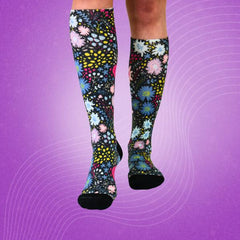
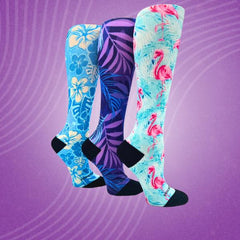
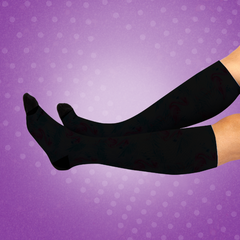

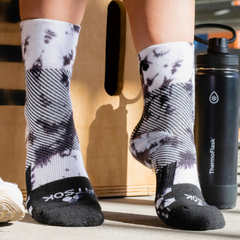
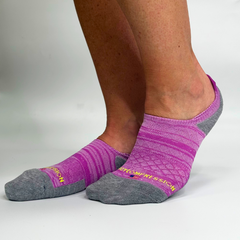



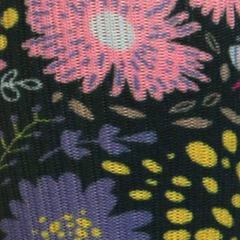
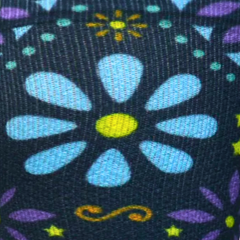


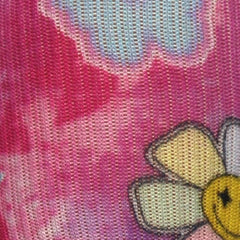
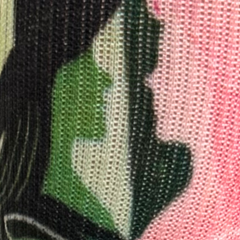
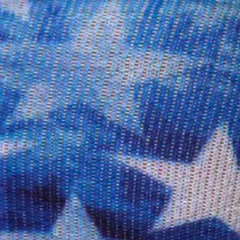


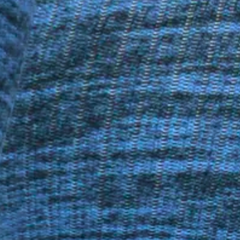
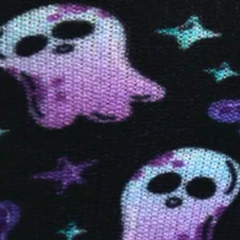
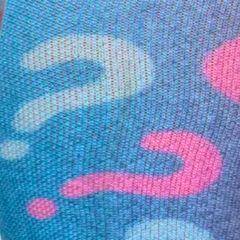
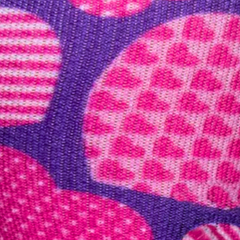
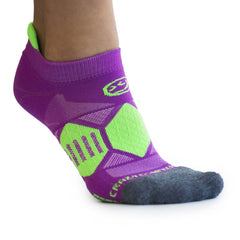
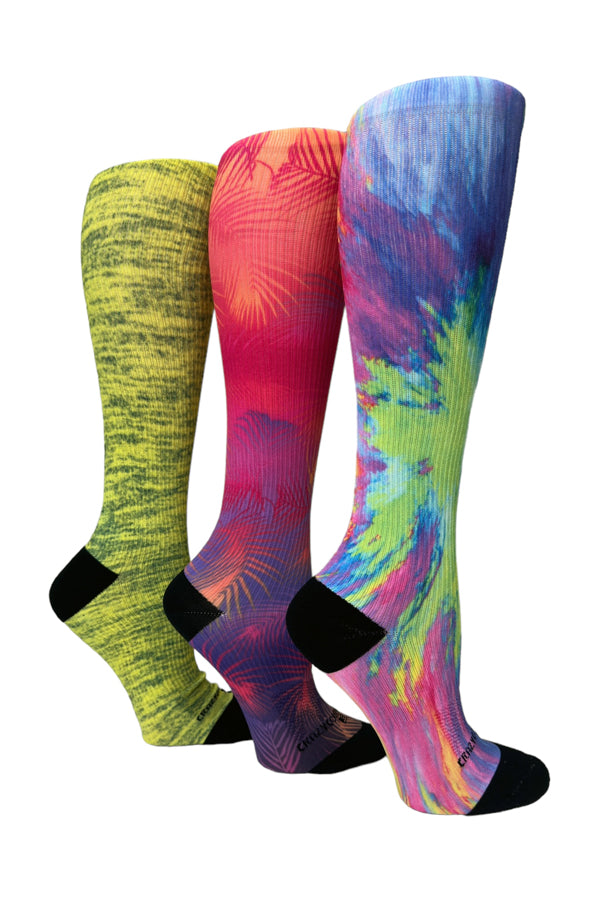

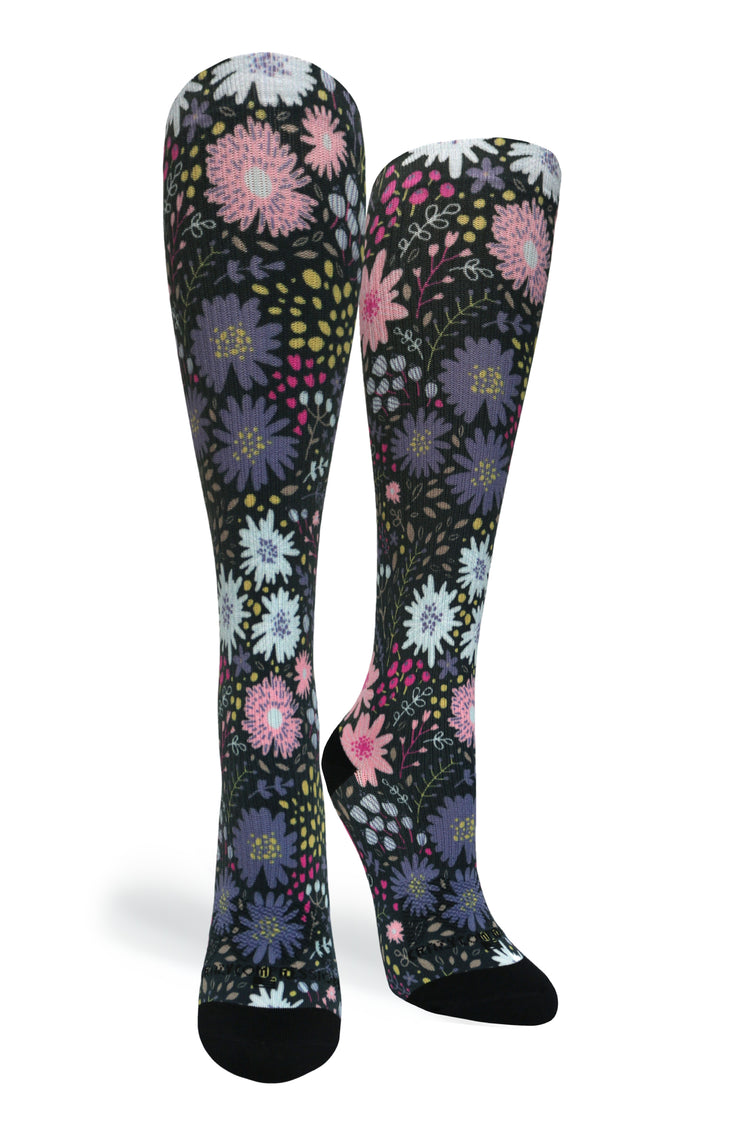

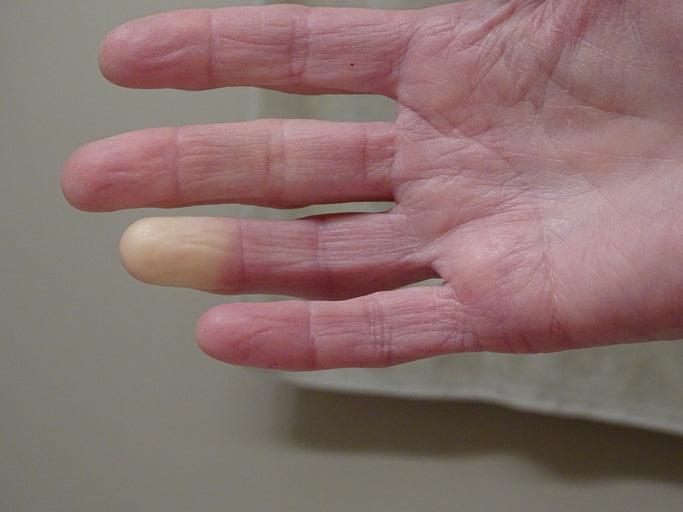
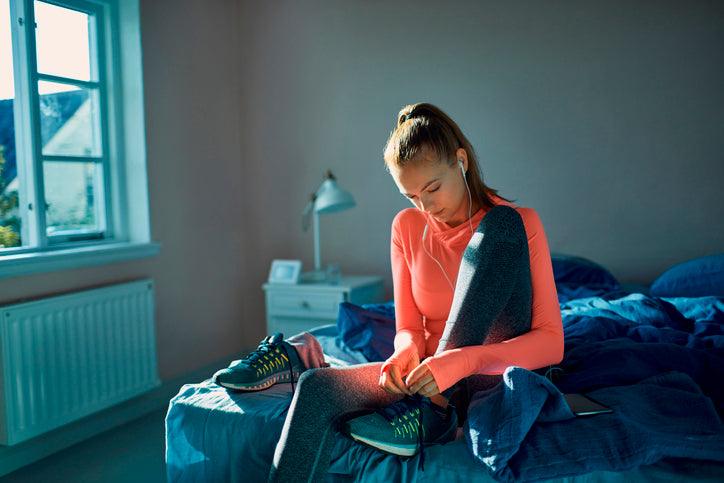
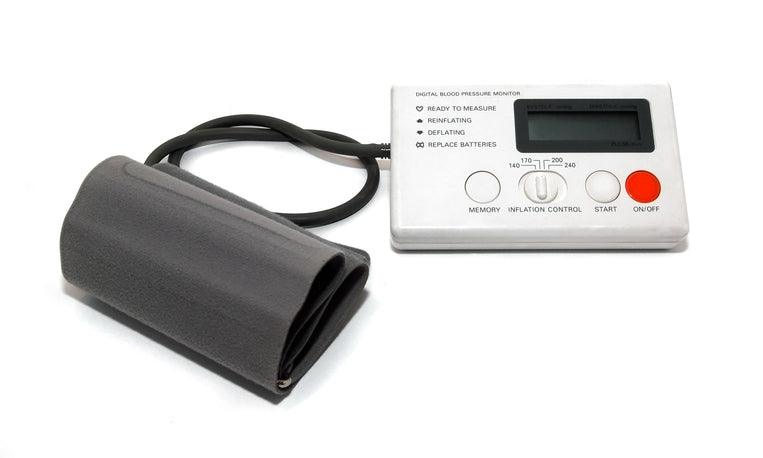
Leave a comment
This site is protected by hCaptcha and the hCaptcha Privacy Policy and Terms of Service apply.